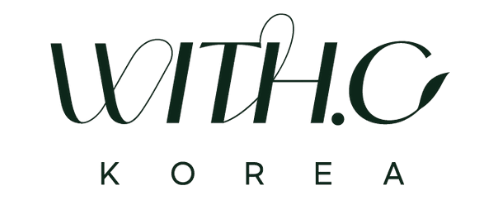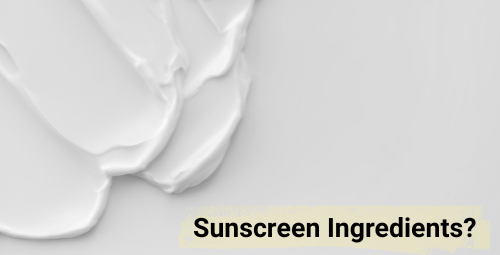What are the ingredients in Korean Sunscreen?
In a previous post, we explained that there are three types of sunscreens: physical (inorganic), chemical (organic), and combined sunscreens.
To briefly summarize again:
Physical sunscreens protect the skin by reflecting UV rays, while chemical sunscreens protect the skin by absorbing and neutralizing UV rays.
Recently, there has been a growing opinion that the physical sunscreen method of reflecting UV rays is safer.
However, physical sunscreens, which require powdery ingredients (zinc oxide, titanium dioxide), need to be used in relatively large amounts to achieve SPF 50. This can result in poorer application and the common occurrence of a white cast. (The ingredients used in physical sunscreens today are mostly nanotechnology-applied to make the particles very small, so the white cast is not as severe as in the past).
On the other hand, chemical sunscreens can achieve SPF 50 more easily with various ingredient combinations relatively, resulting in a better feel when applied.
So, what ingredients are commonly used in Korean sunscreens?
[Physical Sunscreen]
Physical sunscreens are simple. They use ‘Zinc oxide and Titanium dioxide‘, which are types of mineral ores.
Zinc oxide has grey color and Titanium dioxide has white color, so that’s why it makes white cast.
Both are naturally occurring minerals and are considered safe ingredients, allowing for up to 25% usage as UV-blocking agents.
[Chemical Sunscreen]
Chemical sunscreens have a wider variety of ingredients compared to physical sunscreens.
Due to the recent popularity of eco-friendly concepts, many chemical sunscreen ingredients (such as Octocrylene, Ethylhexyl methoxycinnamate, Benzophenone, etc.) that negatively impact coral reefs and harm ecosystems are not used normally.
Instead, like ‘Ethylhexyl triazone, Ethylhexyl salicylate, Phenylbenzimidazole sulfonic acid, and Bis-ethylhexyloxyphenol methoxyphenyl triazine’ are commonly used. These ingredients are limited to usage levels of up to 10%, and as little as 5%. The existence of these restrictions means a potential for causing skin issues.
[UV Booster ingredients]
In addition to related ingredients which are not officially registered UV-blocking ingredients, UV booster ingredients like ‘Butyloctyl salicylate‘ and ‘C12-15 alkyl benzoate‘. These act like oils when not exposed to UV light but transform UV rays into heat energy similar to organic sunscreens upon exposure.
Some people prefer physical sunscreens because they experience eye stinging with chemical sunscreens. However, if you experience eye stinging even when using a physical sunscreen, it might be worth checking for these booster ingredients.
As UV protection is often referred to as the first step in anti-aging, it’s important to use sunscreen and know its ingredients for better efficacy!

